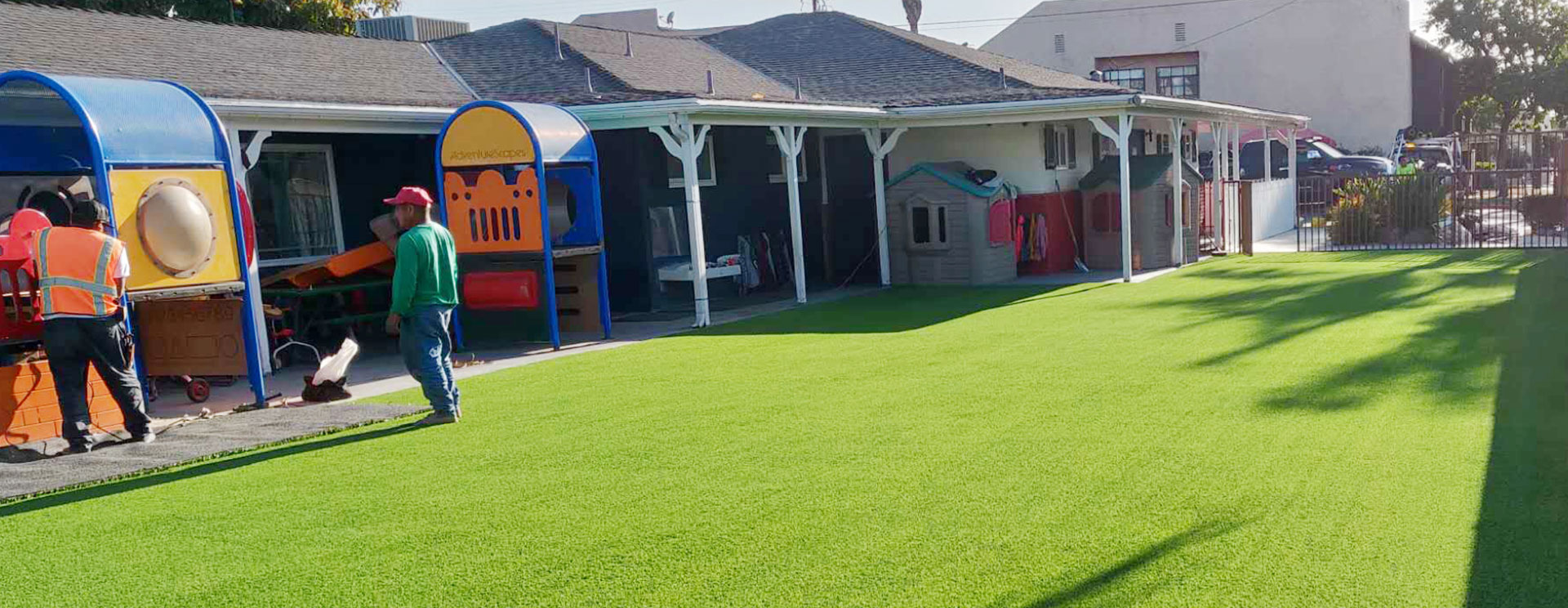Artificial turf has become an increasingly popular choice for landscaping in California due to its water conservation benefits, low maintenance requirements, and ever-improving aesthetics. One crucial element that contributes to the performance and longevity of artificial turf is the infill material. In this comprehensive guide, we will delve into the world of artificial turf infill in California, exploring its types, benefits, environmental impact, and why it's an essential consideration for anyone looking to install or maintain artificial turf.

Chapter 1: Understanding Artificial Turf Infill
1.1 What is Artificial Turf Infill?
Explanation of infill materials and their role.
1.2 Types of Artificial Turf Infill
Discuss various types of infill materials commonly used in California, including silica sand, crumb rubber, and organic infills.
Chapter 2: Benefits of Artificial Turf Infill
2.1 Enhanced Durability
How infill materials contribute to the longevity of artificial turf.

2.2 Shock Absorption
Importance of infill in providing cushioning for sports and recreational activities.
2.3 Improved Drainage
How infill helps manage rainwater and prevent waterlogged surfaces.
2.4 Temperature Regulation
Explain how certain infill materials can help regulate surface temperatures, particularly in hot California climates.
Chapter 3: Environmental Considerations
3.1 Water Conservation
Discuss how artificial turf infill contributes to California's water-saving efforts.
3.2 Recycled Materials
Explore infill options that use recycled materials, reducing waste and environmental impact.
3.3 Health and Safety Concerns
Address the debate over crumb rubber infill and potential health risks.
Chapter 4: Choosing the Right Infill for Your Needs
4.1 Residential vs. Commercial Applications
Considerations for selecting infill based on the intended use of the artificial turf.
4.2 Climate Considerations
How local weather conditions influence the choice of infill material.
4.3 Maintenance Requirements
Discuss the maintenance demands of different infill types.
Chapter 5: Installation and Maintenance
5.1 Proper Installation
Explain the importance of correct installation techniques to ensure the infill's effectiveness.
5.2 Routine Maintenance
Offer tips on how to maintain artificial turf infill for optimal performance and longevity.
Chapter 6: Industry Standards and Regulations
6.1 California Regulations
Overview of any specific regulations related to artificial turf infill in California.
6.2 Industry Standards
Highlight the importance of using infill materials that meet industry standards.
Artificial turf infill is an integral component of any synthetic turf system, influencing its performance, safety, and environmental impact. In California, where water conservation and environmental responsibility are paramount, choosing the right infill material is crucial. By understanding the types, benefits, and considerations associated with artificial turf infill, homeowners, landscapers, and businesses can make informed decisions that align with California's sustainability goals while enjoying the many advantages of artificial turf.
